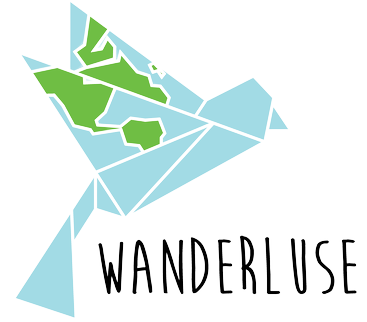What is Glaciomarine sediment?
Glaciomarine sediment is a general term to describe inorganic and organic material deposited in a marine setting by a combination of glacier- and marine-related processes. (This term is equivalent to glacimarine and glacial marine).
Where is Glaciomarine sediment found?
glaciomarine sediment High latitude, deep-ocean sediment, which originated in glaciated land areas and has been transported to the oceans by glaciers or icebergs. Such sediments may contain large dropstones, transported by and dropped from icebergs, in the midst of fine-grained sediments.
How does glaciation move sediment?
As the ice melts, it drops the rocks, sediment, and debris once contained within it. Ice at the glacier base may melt, depositing Glaciers can also move sediment from one place to another when it flows over sediment beds. Additionally, when glaciers ice melts, the water it generates can move and rework sediment.
What are 4 glacial features that have been deposited by ice?
U-shaped valleys, hanging valleys, cirques, horns, and aretes are features sculpted by ice. The eroded material is later deposited as large glacial erratics, in moraines, stratified drift, outwash plains, and drumlins. Varves are a very useful yearly deposit that forms in glacial lakes.
What is Glaciolacustrine in geology?
Sediments deposited into lakes that have come from glaciers are called glaciolacustrine deposits. These lakes include ice margin lakes or other types formed from glacial erosion or deposition. The bedload is deposited at the lake margin while the suspended load is deposited all over the lake bed.
How is calcareous ooze formed?
Calcareous ooze is a calcium carbonate mud formed from the hard parts of the bodies of free-floating organisms. They form on areas of sea floor distant enough from land so that the slow, but steady deposit of dead micro organisms from overlying water is not obscured by sediments washed from the land.
Where is calcareous sediment dominant in the Atlantic ocean?
The CCD is usually found at depths of 4 – 4.5 km, although it is much shallower at the poles where the surface water is cold. Thus calcareous oozes will mostly be found in tropical or temperate waters less than about 4 km deep, such as along the mid-ocean ridge systems and atop seamounts and plateaus.
Which landform is formed by glacial deposition?
As a glacier recedes, sediment is washed out from the glacier and deposited in a flat area below, forming an outwash plain. Depressions, known as kettles, often pockmark these outwash plains and other areas with glacial deposits.
How are different landforms of deposition created in a glacial environment?
Landforms created by deposition Ground moraine – material that was at the bottom of the glacier. It is found on the valley floor when ice melts. It is made of rocks that have been weathered from the valley sides by freeze-thaw. Terminal moraine – material that is left piled up at the snout of the glacier.
How are the sediments deposited by a glacier different from those deposited by running water?
As the glacier melts or sublimates, all of the sediment carried in the glacier is freed from the ice as it recedes. Grains transported by ice, unlike those transported by water, are not sorted by size (though streams of meltwater may sort and transport the sediment after deposition).
What are the sediments carried by glaciers called?
Sediments transported and deposited by glacial ice are known as till. Subglacial sediment (e.g., lodgement till) is material that has been eroded from the underlying rock by the ice, and is moved by the ice. It has a wide range of grain sizes, including a relatively high proportion of silt and clay.
What is Glaciolacustrine silt?
Sediments deposited into lakes that have come from glaciers are called glaciolacustrine deposits. Glaciolacustrine deposits commonly form varves, which are annually deposited layers of silt and clay, where silt is deposited during the summer, and clay during the winter.
How are glacial sea sediments deposited in the ocean?
Glacio-marine sediments are deposited by glacial metlwater in an ocean environment. Glacial seas were not in the same place as the seas of today. In fact, during glaciation the weight of the ice cap was sufficient to depress the surface of the continent to a level below that of the ocean.
Where are glacial metlwater sediments deposited?
Glacio-marine sediments are deposited by glacial metlwater in an ocean environment. Glacial seas were not in the same place as the seas of today.
What happened to the earth’s surface during glaciation?
In fact, during glaciation the weight of the ice cap was sufficient to depress the surface of the continent to a level below that of the ocean. As the ice cap disappeared, the ocean invaded the lower parts of the continent, creating seas.

